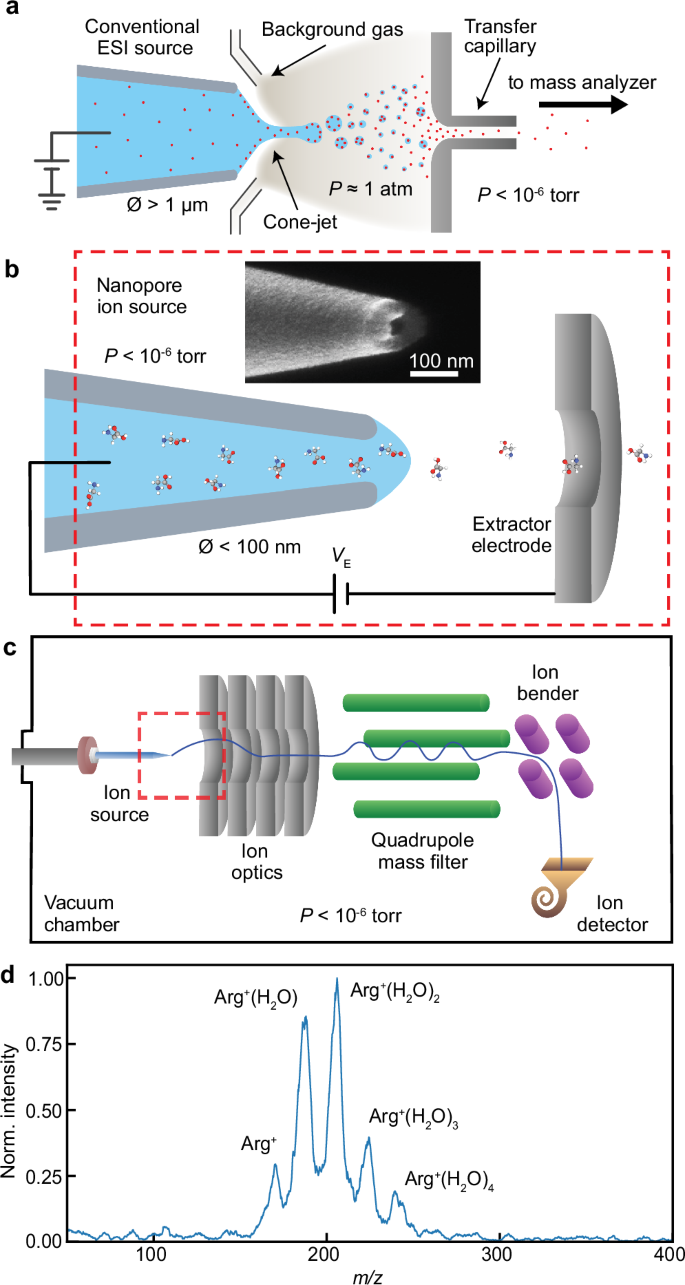2024-09-09 パシフィック・ノースウェスト国立研究所(PNNL)
<関連情報>
- https://www.pnnl.gov/publications/cloud-stumbling-block-propagation-southern-annular-mode
- https://agupubs.onlinelibrary.wiley.com/doi/10.1029/2023JD040428
南半球環状モードの伝播における雲の放射効果の役割 The Role of Cloud Radiative Effects in the Propagating Southern Annular Mode
Jian Lu, Bryce E. Harrop, Sandro W. Lubis, Samuel Smith, Gang Chen, L. Ruby Leung
Journal of Geophysical Research: Atmospheres Published: 23 April 2024
DOI:https://doi.org/10.1029/2023JD040428

Abstract
The Southern Annular Mode (SAM) is the most dominant natural mode of variability in the mid-latitudes of the Southern Hemisphere (SH). However, both the sign and magnitude of the feedbacks from the diabatic processes, especially those associated with clouds, onto the SAM remain elusive. By applying the cloud locking technique to the Energy Exascale Earth System Model (E3SM) atmosphere model, this study isolates the positive feedback from the cloud radiative effect (CRE) to the SAM. Feedback analysis based on a wave activity-zonal momentum interaction framework corroborates this weak but positive feedback. While the magnitude of the CRE feedback appears to be secondary compared to the feedbacks from the dry and other diabatic processes, the indirect CRE effects through the interaction with other dynamical and thermodynamical processes appear to play as important a role as the direct CRE in the life cycle of the SAM. The cross-EOF analysis further reveals the obstructive effect of the interactive CRE on the propagation mode of the SH zonal wind directly through the CRE wave source and/or indirectly through modulating other diabatic processes. As a result, the propagation mode becomes more persistent and the SAM it represents becomes more predictable when the interactive CRE is disabled by cloud locking. Future efforts on inter-model comparisons of CRE-denial experiments are important to build consensus on the dynamical feedback of CRE.
Key Points
- Cloud locking technique is used to isolate the interactive cloud radiative effect (CRE) on the Southern Annular Mode (SAM)
- Cloud radiative effect boosts the persistence of SAM as the leading EOF of the Southern Hemisphere zonal wind
- The interactive CRE feedback acts to weaken the cross-EOF interaction and counter the poleward propagation of the zonal wind
Plain Language Summary
The annular mode is the most dominant mode of variability in the mid-latitude atmospheric circulation system. Its origin, maintenance, and feedback mechanisms have long been the focus of atmospheric dynamics research. While its dry mechanisms are well understood, the role of the diabatic processes in the midlatitude storm tracks, especially the radiative effects of the cloud fields that evolve together with the storms, have not been quantified. Even the sign of the diabatic feedback to the annular mode remains a topic of debate. By disabling the cloud radiative feedback through a cloud-locking technique that decorrelates the cloud fields with other dry and moist components in an atmospheric model, we are able to isolate the cloud radiative effect (CRE) throughout the life cycle of the Southern Annular Mode (SAM). Compared to the case with interactive CRE, the propagating SAM becomes more persistent and predictable in the cloud-locking run, although the overall diabatic feedback to the standing dipole representation of the SAM is somewhat attenuated in this run. The diabatic and CRE feedbacks to the SAM identified here epitomize the sensitivity of the leading mode of the atmospheric variability to the model representation of the diabatic processes.



